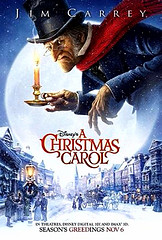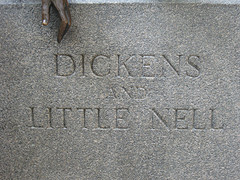1.2 Paco is not like Mr. Scrooge

|
| By SassyPanda! C. Commons |
Here we can listen to another way of describing Mr. Scrooge.
Read the definitions to complete the crossword puzzle with adjectives from the song. Use a dictionary if necessary.
| 1 |
2 |
3 |
4 |
5 |
6 |
7 |
8 |
9 |
10 | |
| 1 | S | |||||||||
| 2 | ||||||||||
| 3 | ||||||||||
| 4 | ||||||||||
| 5 | ||||||||||
| 6 |
|
|||||||||
| 7 |
S | |||||||||
| 8 | ||||||||||
| 9 |
Across:
1. Hateful, abominable (6 letters).
2. Unwilling to give or share money (4 letters).
5. Isolated and lonely (5 letters).
7. Lacking or failing to conform to moral virtue (3 letters) / (Of a speaker) Intending to hurt (5 letters).
Down:
3. Not showing any signs of weakness (4 letters).
5. Affected by unhappiness or grief (3 letters).
6. Lacking in kindness (6 letters).
8. Without companions (8 letters).
To improve your vocabulary on the topic, here you can find two different lists of adjectives. The one on the left are positive aspects of people's personality. The one on the right, not so positive.
Did you like it? Too much vocabulary? Maybe, but vocabulary is essential to improve your level of English. However, let's do another activity related to personality. On this occasion, if you click here, you'll be able to do a listening activity about personality types. Come on, try it!

|
| By Anne E. Keeling. Public domain |

|
| By kwbridge. C. Commons |
Dickens's The Old Curiosity Shop probably commanded greater interest among the reading public than any novel ever had up to that time. In New York City, for example, 6,000 people crowded the wharf where the ship carrying the magazine with the last installment of the novel was to dock. Finally, the ship approached, but the crowd could not wait. Spying the captain on deck, all cried out as one the burning question: "Did little Nell die?"2
1 From Oxford Advanced Learner's Dictionary (Oxford: OUP, 1992).
2 From Robert Hendrickson, The Wordsworth Book of Literary Anecdotes (Ware, Hertfordshire: Wordsworth Editions Ltd., 1997, p. 85).

